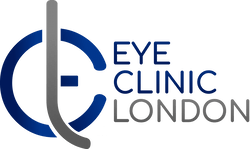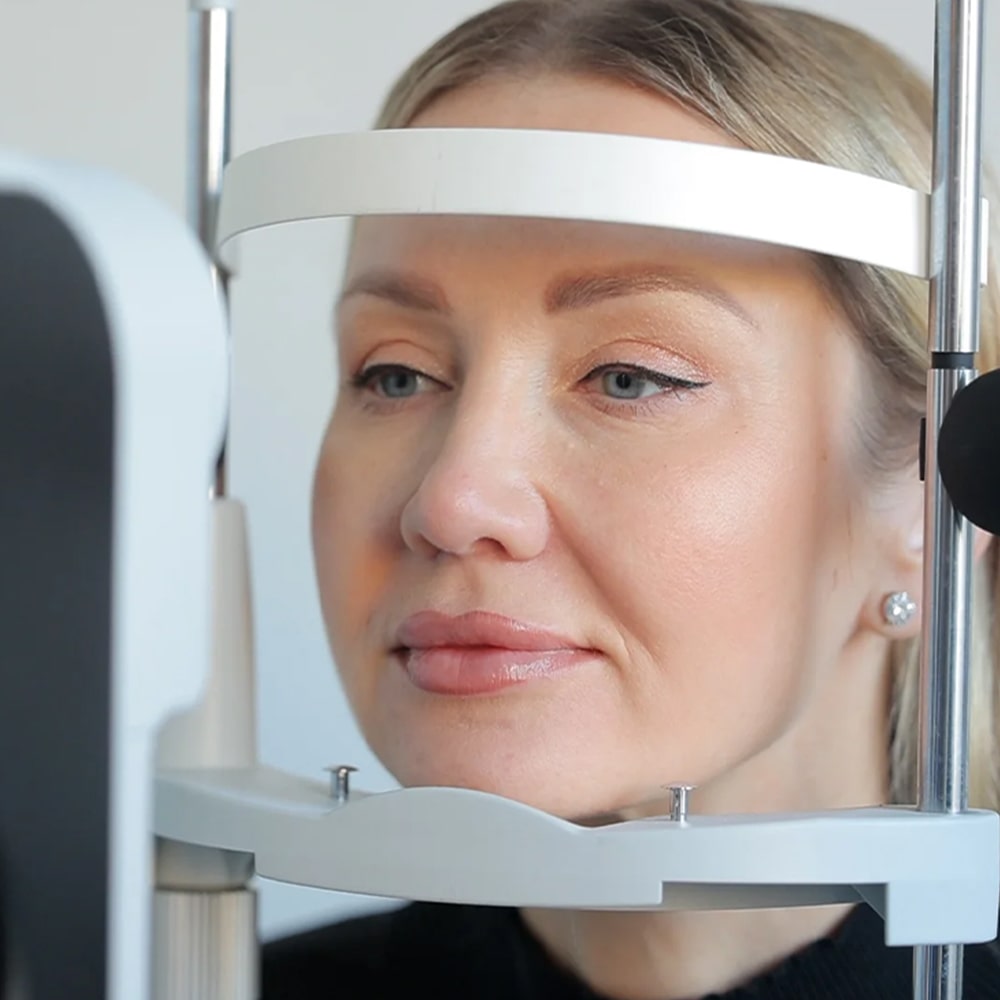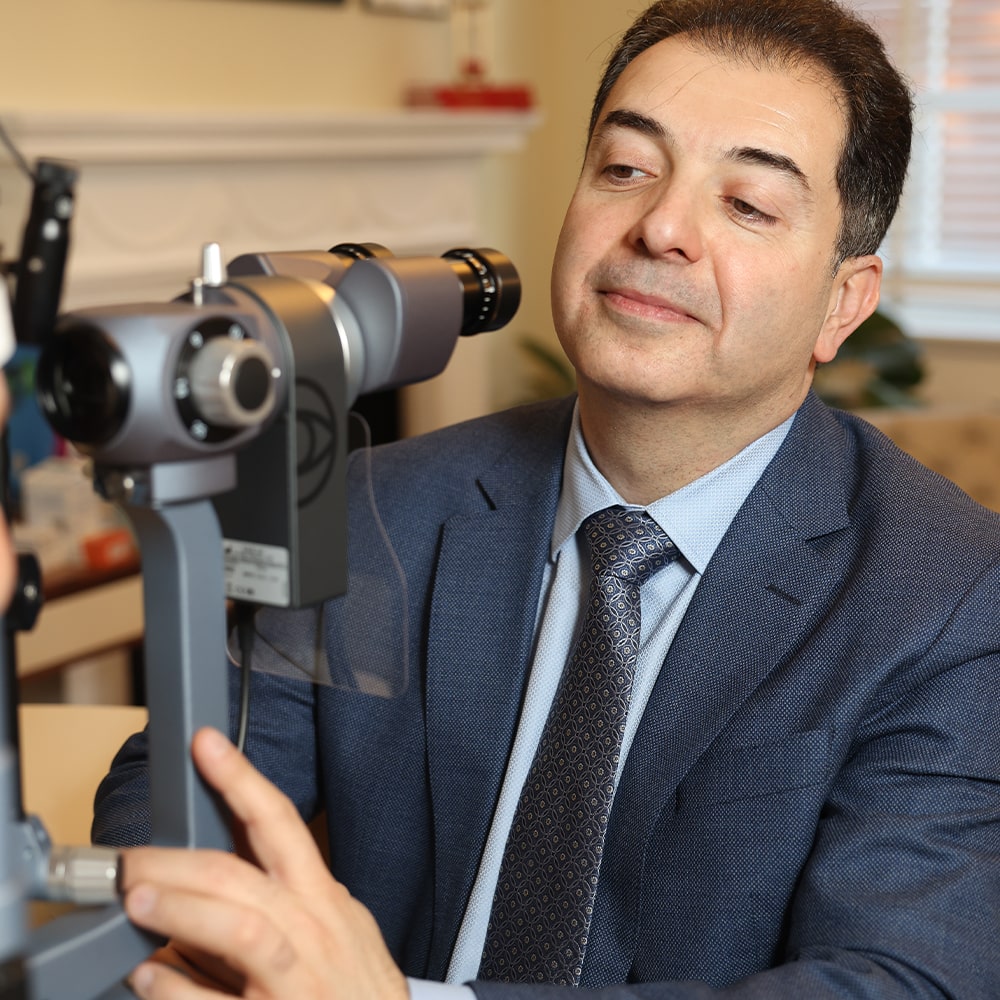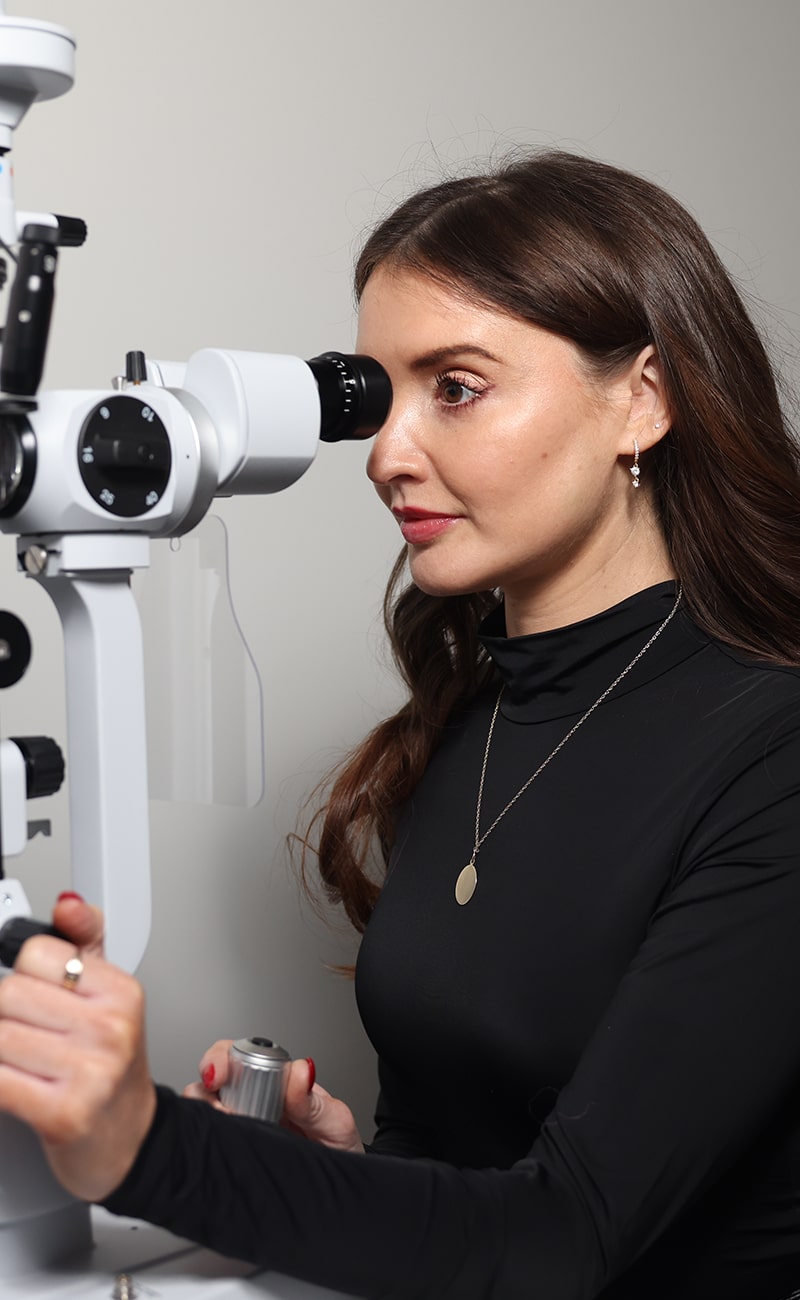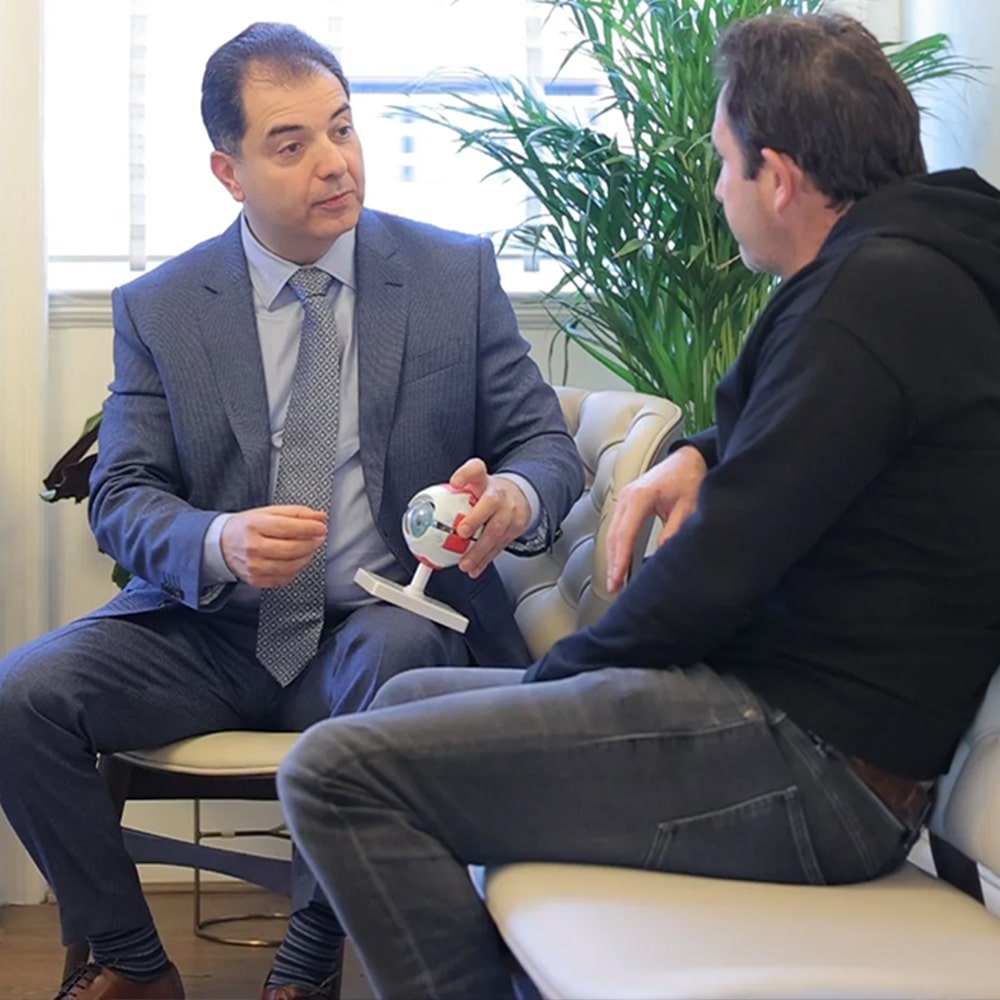Stye and Chalazion Treatment at Eye Clinic London
Have you ever experienced a painful bump on your eyelid that just won’t go away—something swollen, tender, or even affecting your vision?
If so, you may have been told it was a stye, or perhaps a chalazion. And like many patients, you might have assumed those two are simply different names for the same thing. In reality, while styes and chalazia can look quite similar, they are distinct conditions with different causes, symptoms, and treatments. Understanding the difference is key to getting the right care—and preventing it from coming back.
At Eye Clinic London, we specialise in diagnosing and treating both styes and chalazia using a comprehensive, evidence-based approach. Whether your symptoms are new or recurring, our experienced team—led by Mr. Samer Hamada, a leading consultant in ocular surface disease and dry eye management—offers precise diagnosis and targeted treatment to help you feel better, faster.
